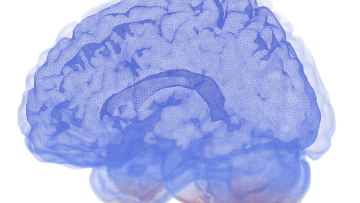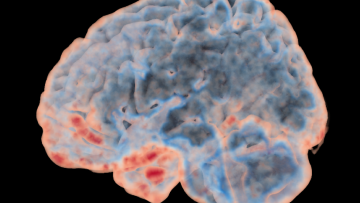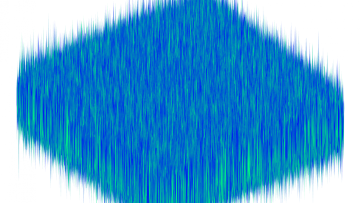Multiscale Modelling of Tendon Mechanics
Abstract
Tendons are vital connective tissues that anchor muscle to bone to allow the transfer of forces to the skeleton. They exhibit highly non-linear viscoelastic mechanical behaviour that arises due to their complex, hierarchical microstructure, which consists of fibrous subunits made of the protein collagen. Collagen molecules aggregate to form fibrils with diameters of tens to hundreds of nanometres, which in turn assemble into larger fibres called fascicles with diameters of tens to hundreds of microns. In this talk, I will discuss the relationship between the three-dimensional organisation of the fibrils and fascicles and the macroscale mechanical behaviour of the tendon. In particular, I will show that very simple constitutive behaviour at the microscale can give rise to highly non-linear behaviour at the macroscale when combined with geometrical effects.





